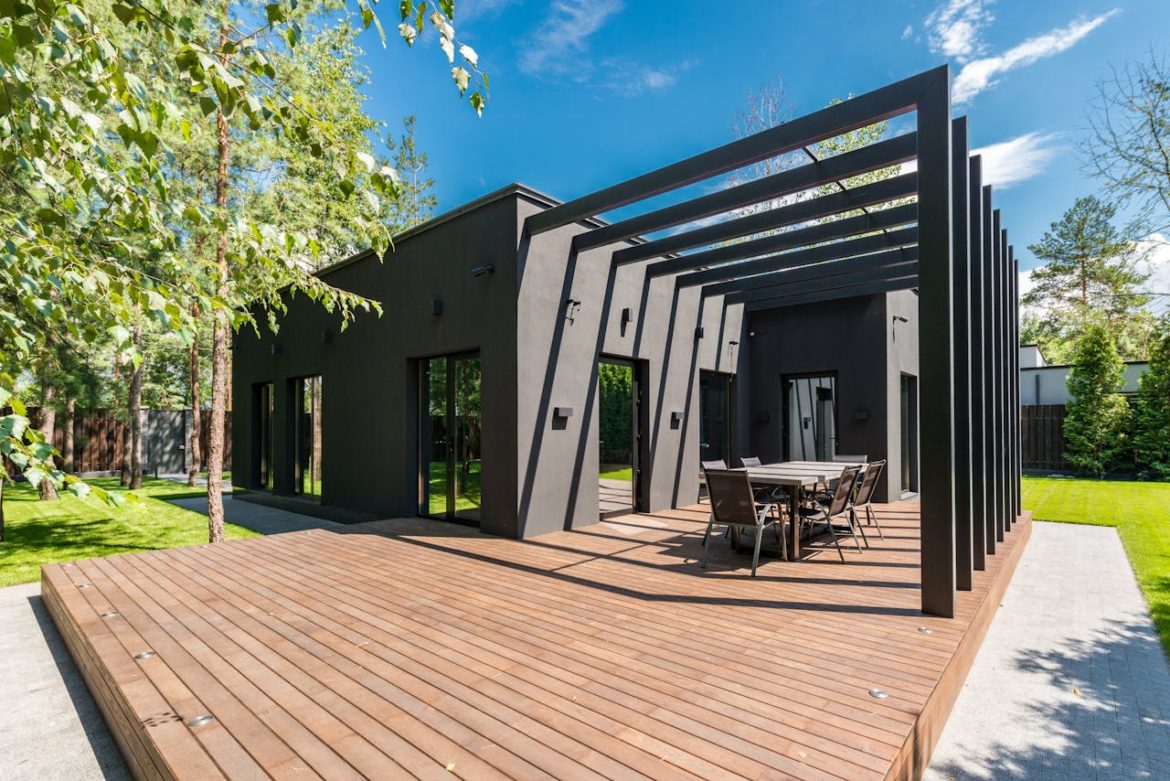When buying a preconstruction home, you’re stepping into an exciting world of possibilities. From designing your interior layout to choosing finishes, there’s plenty to look forward to. However, one aspect that’s often overlooked until it’s too late is the home’s curb appeal. A home’s exterior creates the first impression, and for preconstruction homes, evaluating this before it’s fully built can be a bit challenging.
This guide will walk you through key factors to consider when evaluating the curb appeal of a preconstruction home. These tips will ensure that when you finally move in, your home is as stunning from the outside as it is from the inside.
Understanding the Importance of Curb Appeal
Curb appeal is more than just aesthetics; it’s about creating a welcoming environment that reflects the character of the home. A house with strong curb appeal will not only impress visitors and potential buyers but also enhance the property’s overall value. You’re often given renderings and blueprints for preconstruction homes, but that doesn’t mean you should gloss over the exterior details. Curb appeal sets the tone for your home long before someone steps through the front door.
Examining Architectural Styles
Before construction begins, one of the key decisions you’ll make is the architectural style of your home. Whether it’s a sleek modern design or a cozy craftsman home, the architectural style heavily influences curb appeal. Take a close look at the design and consider how it fits within the neighborhood. Does the design blend with other homes nearby, or will it stand out? A balance between individuality and cohesion is key in ensuring that your home’s exterior looks inviting and well-suited to the area.
Paying Attention to Exterior Materials
The materials used to construct your home’s exterior are essential for curb appeal and long-term maintenance. Brick, stucco, stone, and siding all offer different textures and colors that can dramatically affect how a home looks. When choosing exterior materials, think about the climate in your area and how these materials will age over time. For instance, brick may provide a timeless look with low maintenance, while wood siding can add warmth but may require more upkeep. If possible, visit homes by the same builder to see how their material choices look after a few years.

Landscaping Plans and How They Impact Curb Appeal
Landscaping is a crucial element of curb appeal, and many home builders offer landscaping plans as part of the preconstruction package. Even if the plans are basic, consider enhancing the landscaping to make it more personal and lush over time. Trees, shrubs, and flower beds contribute to a home’s charm and take time to grow. Ask about the types of plants included and whether the design incorporates low-maintenance greenery that thrives in your climate. Remember, a well-designed front yard will make your home more appealing, even before the first plant takes root.
The Role of Driveways and Walkways
Driveways and walkways are often overlooked, but they are key elements in your home’s overall exterior design. These areas’ material, width, and layout should complement the architectural style and create a smooth flow to the entryway. Cobblestone, stamped concrete, or traditional asphalt each offer a different aesthetic, and choosing the right one can elevate your home’s curb appeal. You should also consider how easy these surfaces are to maintain, especially in areas with harsh weather conditions. A cracked or uneven driveway can quickly detract from an otherwise stunning exterior.
Reviewing the Roofline and Materials
The roofline is another important factor in curb appeal. A well-designed roofline adds dimension to the home and enhances its visual interest. Take time to review the roof’s design and ask questions about the materials being used. Metal roofs, shingles, or clay tiles all provide different looks, and each has pros and cons regarding durability and appearance. Consider the color and finish of the roof materials as well. A neutral roof may blend seamlessly, while a darker roof adds contrast and makes the home stand out.
Checking Window Placements and Styles
Windows play a dual role in both interior and exterior design. The style, size, and placement of windows greatly impact curb appeal. Large, expansive windows offer a modern, airy look, while smaller, symmetrical windows evoke a more traditional feel. Make sure the window design complements the home’s architectural style, and consider how they will look with the surrounding landscaping. Energy-efficient windows are also important, as they boost curb appeal and save you money on utilities in the long run.

Front Entryway: The Focal Point of Curb Appeal
The front entryway is the heart of your home’s exterior design and should create a sense of welcome. Consider this area when reviewing preconstruction plans, whether it’s a grand front porch or a simple modern entry. The color and style of the front door, the design of the porch, and even the lighting can make a big difference in the overall curb appeal. You want an entryway that invites people in and makes a statement about the style of the home. If your home builder allows customization, opt for a bold front door complementary to the home’s design.
Evaluating the Builder’s Reputation for Exterior Quality
The quality of exterior construction is just as important as the interior. Evaluating the builder’s reputation in terms of curb appeal and exterior craftsmanship is essential. Look at other completed projects and pay attention to how well the exteriors have held up over time. Speaking to current homeowners about their experiences can also provide valuable insights. For those relocating to different areas, such as Burlington, finding moving specialists in Burlington who have experience with preconstruction homes can help ensure that the transition is smooth and that the exterior elements remain protected during the move.
Planning for Future Enhancements
While you may not have the final say on every aspect of the exterior, planning for future enhancements can help you achieve the curb appeal you desire. Consider adding elements like outdoor lighting, a front garden, or decorative shutters once the home is complete. These small changes can have a big impact on the overall appearance of the home and will give you more control over the final look. Keep an eye on the exterior design trends in your area, as this will help you make upgrades that will improve curb appeal and increase the value of your property.
Final Thoughts: Preconstruction Homes Curb Appeal Matters
Curb appeal in preconstruction homes is an important aspect that shouldn’t be overlooked. By taking the time to evaluate key elements like architectural style, materials, landscaping, and more, you can ensure that your new home will look beautiful from the outside in. While the excitement of moving in is often focused on the interior, the exterior is what truly makes a lasting first impression.
With the right planning and attention to detail, your preconstruction home can be a showstopper from day one, making it a pleasure to come home every day.




